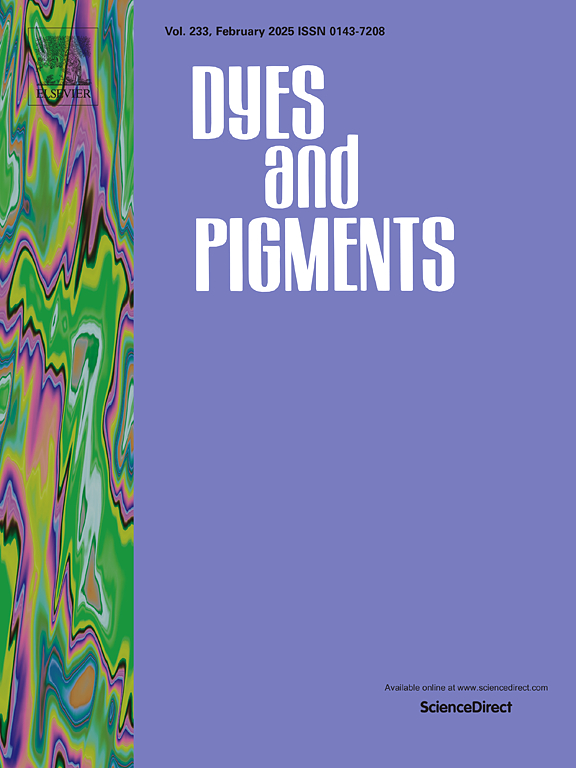Influence of twisted intramolecular charge transfer for two “OFF-ON” fluorescent probes in hypochlorite detection
IF 4.1
3区 工程技术
Q2 CHEMISTRY, APPLIED
引用次数: 0
Abstract
Hypochlorous acid (HClO) is a substance with strong oxidizing properties and has a non-negligible role in biological immunity processes. Therefore, it is crucial to detect HClO quickly and effectively. In this study, the fluorescence mechanism of two “OFF-ON” type fluorescent probes ADM and ADT in the detection of ClO− was revealed by theoretical method. Geometric structure, excited state data, and frontier molecular orbital analyses indicate that the fluorescence quenching of probes results from the generation of twisted intramolecular charge transfer (TICT) properties through the photoisomerization process. The torsion isomers were obtained by scanning the potential energy curves along the dihedral angle, which demonstrated that the linear response (LR) solvent model overestimates the energy of the TICT state, while the corrected linear response (cLR) solvent model provides a more precise characterization of the TICT state. Finally, the fluorescence turn-on phenomenon of the products DMC and DTC results from a localized excited state intramolecular charge transfer process in the fluorophore plane. This work reveals the sensing mechanism of two “OFF-ON” type fluorescent probes and guides further design of novel fluorescent probes.

两种“OFF-ON”荧光探针在次氯酸盐检测中扭曲分子内电荷转移的影响
次氯酸(HClO)是一种具有强氧化性的物质,在生物免疫过程中具有不可忽视的作用。因此,快速有效地检测HClO至关重要。本研究通过理论方法揭示了两种“OFF-ON”型荧光探针ADM和ADT检测ClO−的荧光机理。几何结构、激发态数据和前沿分子轨道分析表明,探针的荧光猝灭是由于光异构过程中产生的扭曲分子内电荷转移(TICT)性质所致。结果表明,线性响应(LR)溶剂模型高估了TICT状态的能量,而修正后的线性响应(cLR)溶剂模型能更精确地表征TICT状态。最后,产物DMC和DTC的荧光开启现象是由荧光团平面的局部激发态分子内电荷转移过程引起的。这项工作揭示了两种“OFF-ON”型荧光探针的传感机理,为进一步设计新型荧光探针提供了指导。
本文章由计算机程序翻译,如有差异,请以英文原文为准。
求助全文
约1分钟内获得全文
求助全文
来源期刊

Dyes and Pigments
工程技术-材料科学:纺织
CiteScore
8.20
自引率
13.30%
发文量
933
审稿时长
33 days
期刊介绍:
Dyes and Pigments covers the scientific and technical aspects of the chemistry and physics of dyes, pigments and their intermediates. Emphasis is placed on the properties of the colouring matters themselves rather than on their applications or the system in which they may be applied.
Thus the journal accepts research and review papers on the synthesis of dyes, pigments and intermediates, their physical or chemical properties, e.g. spectroscopic, surface, solution or solid state characteristics, the physical aspects of their preparation, e.g. precipitation, nucleation and growth, crystal formation, liquid crystalline characteristics, their photochemical, ecological or biological properties and the relationship between colour and chemical constitution. However, papers are considered which deal with the more fundamental aspects of colourant application and of the interactions of colourants with substrates or media.
The journal will interest a wide variety of workers in a range of disciplines whose work involves dyes, pigments and their intermediates, and provides a platform for investigators with common interests but diverse fields of activity such as cosmetics, reprographics, dye and pigment synthesis, medical research, polymers, etc.
 求助内容:
求助内容: 应助结果提醒方式:
应助结果提醒方式:


